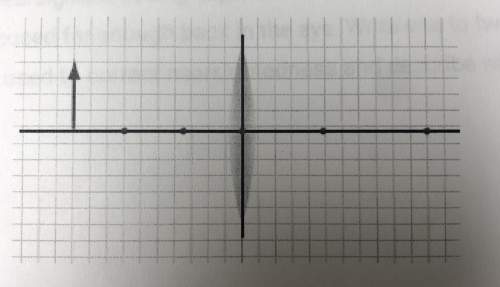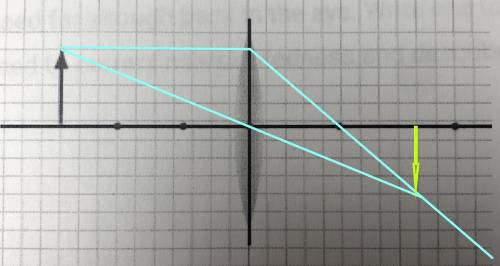
Physics, 02.01.2020 12:31, iwantcandy2002
A. a light wave travels trough glass (n = 1.5) at an angle of 28°. what angle does it have when it passes from the glass into water (n = 1.33)?
b. draw a ray diagram to locate the image of the object below. write one or two sentences to describe the type of image, its size, relative to the object and its position with respect to the lens. (image attached)
c, an object is located 94.0 cm from a concave mirror. the focal length is 34.0 cm. what is the image distance? is the image real or virtual?
d. an object is located 65.0 cm from a concave lens. the image distance is -11.8 cm. what is the magnification?
e. for a person who is nearsighted, seeing objects that are far away is difficult. the light from these objects does not get focused far enough back in the eye. write one or two sentences to identify the type of lens that can be used to correct nearsightedness and describe why it works.


Answers: 1
Other questions on the subject: Physics

Physics, 22.06.2019 05:00, DASASDAEDWEDA
Wavelength, frequency, and energy are related. what happens to a wave as it’s wavelength gets shorter?
Answers: 2

Physics, 22.06.2019 12:10, hilljade45
Two forces produce equal torques on a door about the door hinge. the first force is applied at the midpoint of the door; the second force is applied at the doorknob. both forces are applied perpendicular to the door. which force has a greater magnitude?
Answers: 2

Physics, 22.06.2019 12:30, mommer2019
Consider a system with two masses that are moving away from each other. why will the kinetic energy differ if the frame of reference is a stationary observer or one of the masses?
Answers: 1

Physics, 22.06.2019 14:10, chuchi24
The number of passengers who arrive at the platform of a subway station for the 10 am train is a random variable with a mean of 120 and a variance of 16. find the lower bound of the probability that there will be between 100 and 140 passengers (round off to second decimal place).
Answers: 3
Do you know the correct answer?
A. a light wave travels trough glass (n = 1.5) at an angle of 28°. what angle does it have when it p...
Questions in other subjects:

Biology, 07.07.2019 11:30






Mathematics, 07.07.2019 11:30









